Helping Students Regain Control and Stay Engaged During P.E. Lessons
Apr 28, 2024


Kas
Physical education lessons are dynamic and fast-moving for students across all year levels. Due to its active nature, team environment and competitive undertone, there is high possibility that a conflict may occur during a lesson. As teachers, we have many strategies to solve conflicts during our lessons. Some of our methods may involve more serious consequences or other traditional behaviour management protocols such as ‘Time out’ and calling for leadership support in extreme situations.
Whilst all these methods have shown to work in the past, I have found that they lose their effectiveness over time and break down the teacher- student relationship which is the corner stone to everything we do as educators. These (dare I say) some-what outdated methods prevent students from developing self regulating strategies or the ability to solve the issues that occur from their heightened emotions. It is important that we implement strategies that provide meaningful and long term solutions enabling our students to address their heighten emotions in a way that is free from punishment whilst providing consequences and a resolution to a prior conflict.
…Much easier said than done!
This article will provide two tried and tested methods. Strategies which have been used effectively over many years with students in the foundation ages , 5-year-olds all the way to high school teenagers. These are excellent alternative methods to use in HPE lessons as they are both effective and efficient. This results in the lesson continuing whilst conflict is handled simultaneously and heightened students are supported without the rest of the class having to postpone their valuable learning time.
The two methods also take punishment out of the equation and reinforce positive ways for students to handle big emotions and always return in a better mindset to mend the issue. These strategies allow students to feel safe when expressing their feelings, prevent shame and provide them with autonomy in resolving their conflicts.
Ineffective Behavioural Change: Punishment often focuses on suppressing undesirable behaviour rather than teaching students appropriate alternatives. This can lead to a cycle of repeated misbehaviour because students haven’t learned how to manage their behaviour constructively. American Psychological Association 2008 (APA) “The Use of Punishment in Schools: A Position Statement”
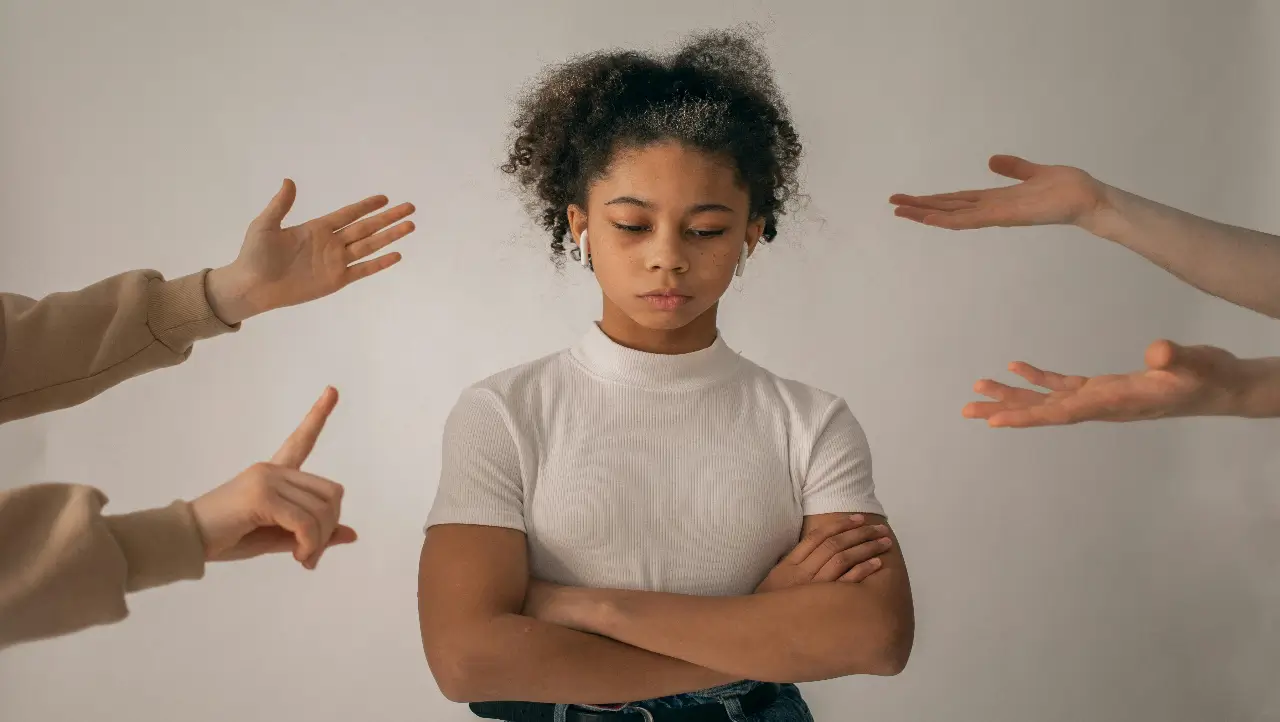
5 Reasons Why An Argument May Occur During A P.E Lesson
- Competition and Winning: Competitive activities like team sports can lead to arguments over winning, losing, or perceived unfairness. According to a study published in the Journal of Physical Education, Recreation & Dance, competition in P.E. classes can sometimes foster negative behaviours like aggression, which may escalate into arguments when students feel the stakes are high.
- Skill Disparities: Differences in skill levels among students can lead to frustration and tension during team-based activities. Students who perceive themselves as more skilled may become impatient or critical of less proficient classmates, leading to arguments. This dynamic is noted in various educational resources on inclusive P.E. practices.
- **Rule Interpretation and Enforcement: **Disagreements over the interpretation or enforcement of rules in sports and games can spark arguments among students. Issues such as foul calls, boundary disputes, or disagreements with referees can lead to disputes during gameplay.
- **Team Selection and Participation: **Arguments may arise during the process of selecting teams for sports activities. Students may feel excluded or unfairly treated if they are not chosen for teams or if they perceive bias in the selection process. This can lead to resentment and conflict among peers.
- **Personal Conflict and Social Dynamics: **Pre-existing personal conflicts or social dynamics among students can spill over into P.E. classes, leading to arguments or tension during activities. Cliques, rivalries, or unresolved disputes from outside the classroom can manifest during physical activities.
Here are some strategies to solve these issues!
Cool Off Card
What Is It?:
Physical Laminated Cards that students can take in special circumstances when they are heightened. This allows them to still be physically active but are allowed to be active on their own away from the group or the main activity (superviseable distance). Students return to the group after an agreed-upon time (for example 5 minutes).
What It Looks Like During The Lesson:
- The issue occurs that cannot be resolved
- Student is emotionally heightened/ upset/ angry/ aggressive
- The student is offered the ‘Cool Off Card’ and understands the rules of the card
- The student then proceeds to take a basketball and shoot hoops adjacent to the class
- Student returns are cool off time is competed
- Discussion with the teacher or students involved
- Situation is resolved
- Student returns to the game
Why It’s Effective:
The card itself provides structure and routine when used regularly. When provided with the option of using the card students understand how it works and the boundaries behind it as the card would be explained at the start of the year as an option for particular students. A physical card is used because it becomes connected to the meaning behind it without the need of constant explanation or students forgetting the process. The card itself lists the uses of the card and also makes other staff aware if they see this student away from their peers. If no physical card is used this is when issues can arise and this regulation tool becomes less effective.
Whilst this strategy provides flexibility and breathing room for heightened students to be away from the class, it still needs to have structure around. Students need to return in an appropriate time frame, understand that this tool supports student autonomy to ’learn’ when they need to cool off and its not just a free time card. It should re-enforce positive ways to manage emotions whilst supporting rules of the learning environment/school and does not become an ‘I get to leave’ whenever I want’ excuse.
The goal of the card is to ensure students return to the class when they are in a position to express their feelings calmly so we can work collectively as a group or teacher to address the issue taking place.
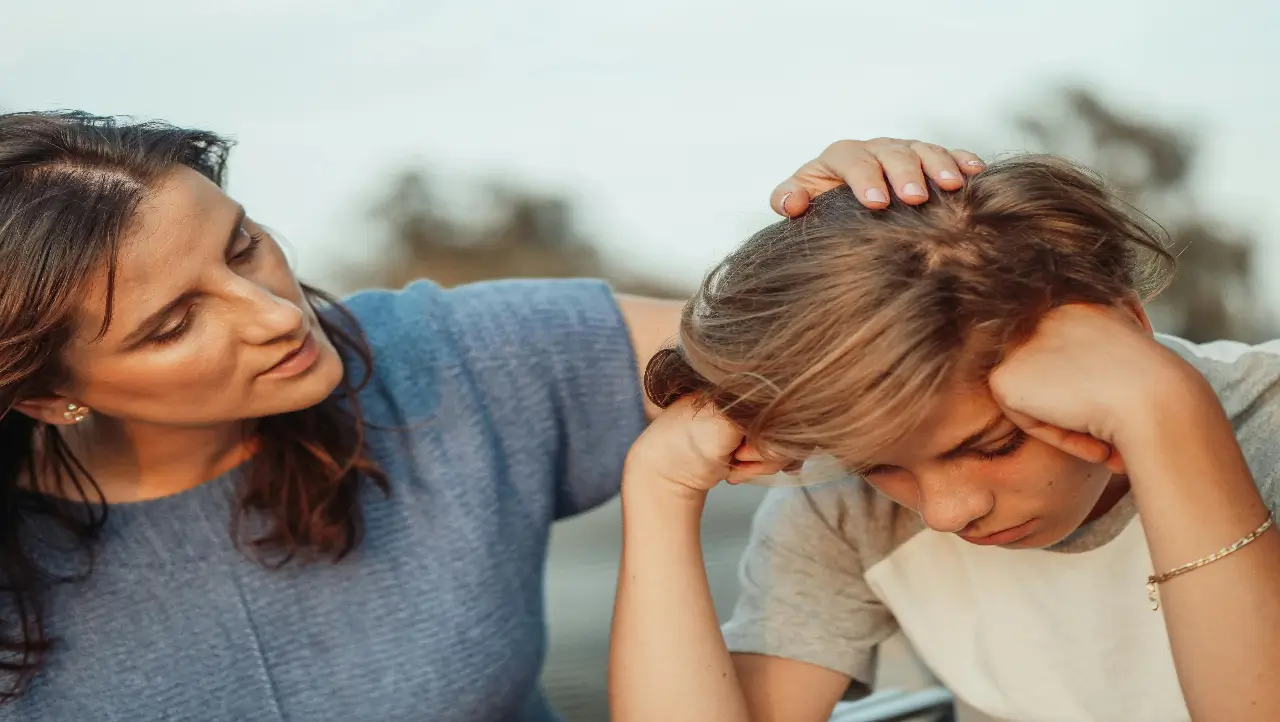
Why Do I Use It?:
Typically during sports games or physical activity lessons- when issues arise they can escalate quite quickly and at times become confrontational and physical. When these issues arise, students are not in a emotional place to resolve the issue peacefully or even express effectively what they are feeling and why they are upset. In these situations, the game stops thus affecting the rest of the class’s ability to learn and continue participating in the lesson itself and drawing more attention to this issue at hand, further escalating it.
This tool is effective when you need to stop the altercation immediately- provide the heightened students with a tool that does not punish them in the moment (which can lead to more anger) and allows them to still be part of the class yet also provides them with time on their own for cooling off, collecting their thoughts and doing it in a way without being interrupted by other students or feeling like they are being integrated by an adult.
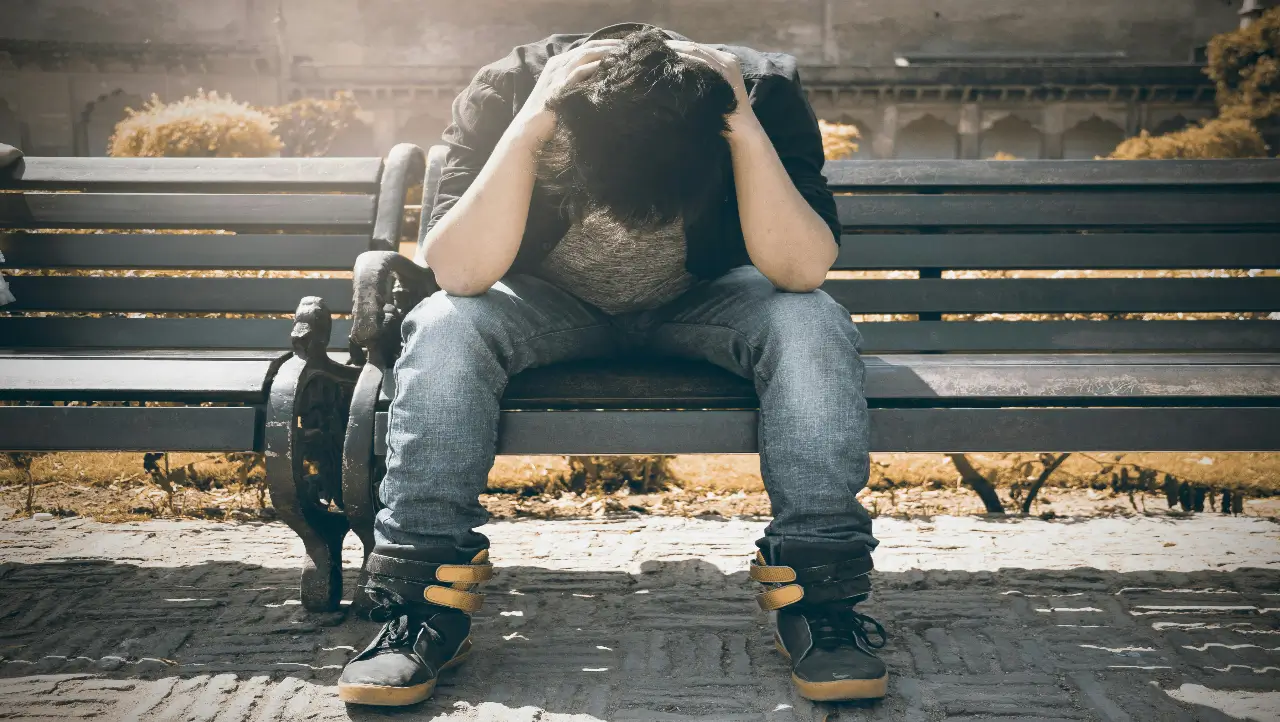
It also teaches young learners that when their emotions are getting out of control and they are about to display actions that can hurt others- too walk away from the conflict and return only when they are in a place to resolve the issues respectfully and appropriately.
It serves as a ‘time out’ without the punishment attached to a time out. The main reason why it is so effective is because students still get to play. At times, when you are trying to remove a student from a physical education game, they become more upset because even though they are frustrated in that moment they still want to play the game, taking them away from that makes them feel like they are being punished.
**Negative Psychological Impact: **Punitive punishment can lead to feelings of shame, humiliation, and resentment in students. Instead of fostering a positive learning environment, it creates fear and anxiety, hindering the students’ ability to engage in learning effectively. According to a study by K. T. Tobin and B. M. Sprague (2000) titled “Alternative to zero tolerance: Resolving conflicts in schools,” punitive punishment strategies often fail to address the root cause of the misbehavior and can exacerbate it.
Students look forward to P.E. lessons and only get one or two opportunities a week to participate in these lessons. Allowing the heightened student to have a break from the class but still shoot hoops on the side (using the cool-off card strategy) generally is a key factor as to why students that are upset would still buy into the card process and listen to your instructions even though they are being temporarily removed.
Students when sitting in time out or are forced to reflect by sitting out, generally tend to remain upset due to dwelling on what has happened in addition to the fact that they are missing out on the lesson. Students similar to adults, find it easier to reflect and calm down when moving, walking and being active, as it allows them to take their mind off what has just happened.
These strategies build positive relationships between teachers and students as they remove the feeling of punishment from the initial situation. If something severe has occurred or extremely violent, then of course, this strategy would not be appropriate and the student may need to be removed by leadership, this strategy is not for those situations.
This strategy is ideal for young learners who get overly emotional and are not able to regulate effectively and need support or time away from the stimulating environment to do so.
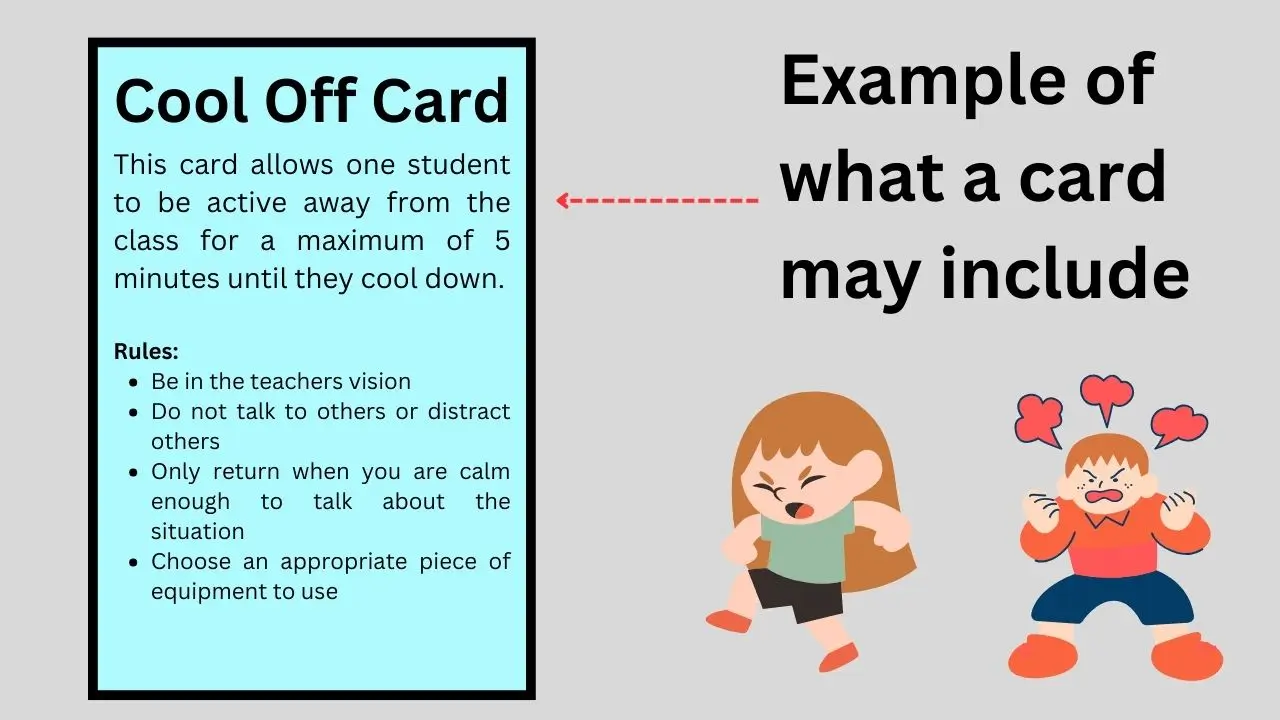
What does the evidence say?:
- Emotional Regulation: Research has consistently shown that individuals who are experiencing heightened emotions, such as anger, have reduced cognitive functioning and are less able to think clearly and rationally. Allowing time for emotions to cool off provides an opportunity for the student to regain emotional regulation. A study published in the Journal of Counseling Psychology (2002) found that when individuals were given time to calm down before discussing a conflict, they were better able to engage in productive problem-solving and communication.
- Conflict Resolution: Addressing issues with an angry student immediately can often escalate the conflict and make resolution more difficult. Providing space for emotions to settle can lead to more effective conflict resolution strategies. Research in the Journal of Social and Clinical Psychology (2011) suggests that giving individuals time to cool off before discussing contentious issues can lead to more constructive dialogue and better outcomes in conflict resolution.
Walk & Talk Timer
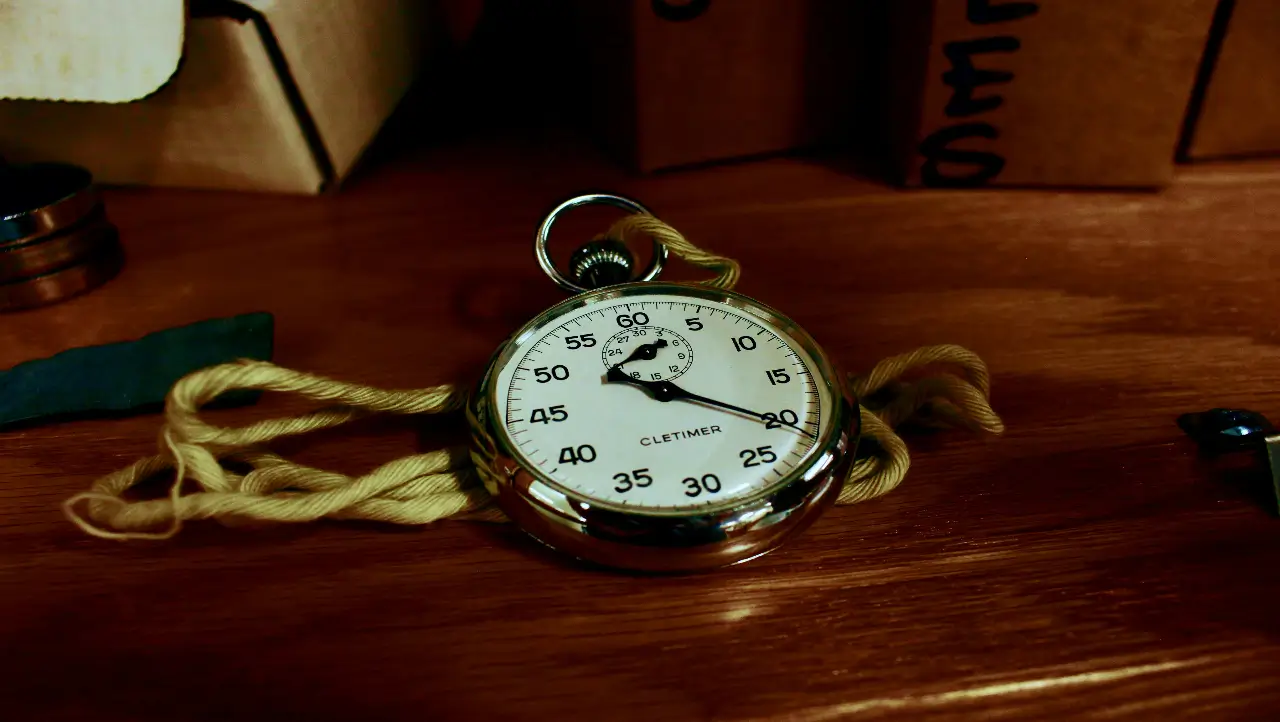
What is it?:
Students receive a stopwatch or timer that they are provided with when an issue arises in the lesson and they are extremely emotionally heightened to the point where the issue cannot be resolved. This strategy is extremely effective if the student does not want to leave the game or remove themselves from the issue at hand. The ‘Walk & Talk’ Timer allows a student to pick a friend of their choice to walk with them for a specific amount of time (Teacher decided) in order to de-brief on the situation which will allow them to regulate, calm down and collect their thoughts prior to returning for a mediation between involved parties.
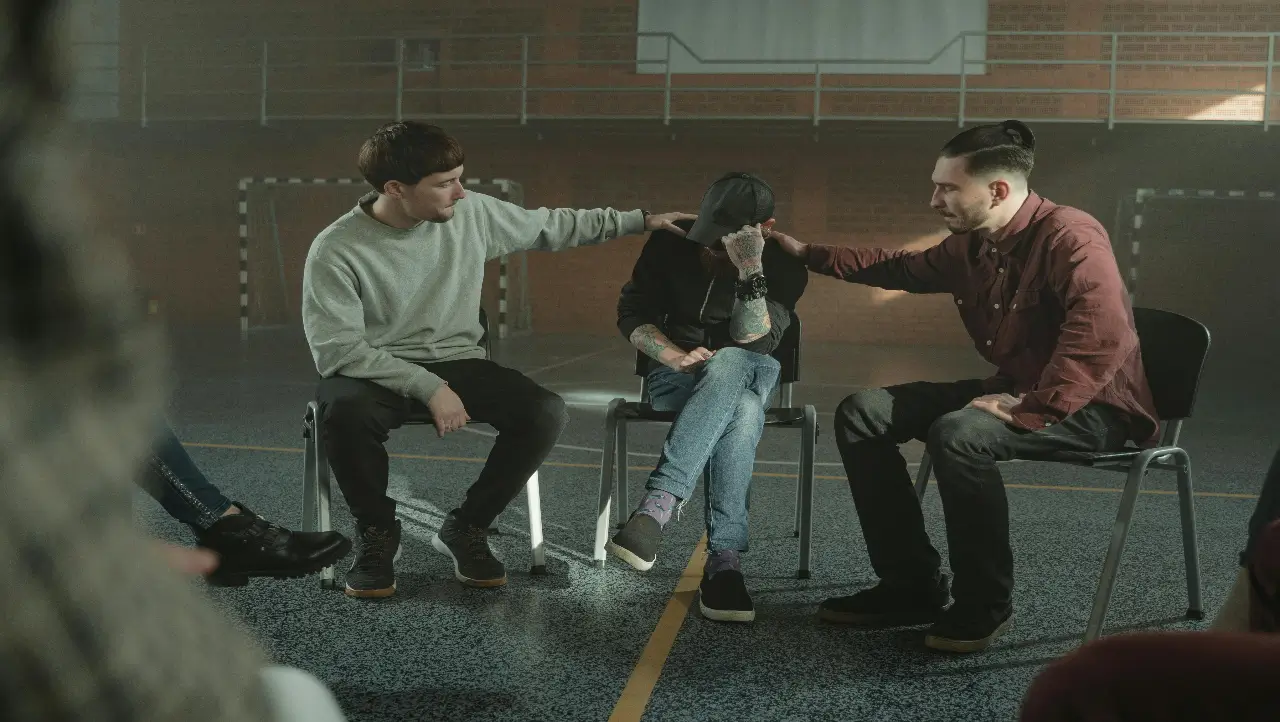
What it looks like during the lesson:
- The issue occurs that cannot be resolved
- Student is emotionally heightened/ upset/ angry/ aggressive
- The student is offered the ‘Walk and Talk Timer’ and understands the rules of the timer
- The student then proceeds to take a 5-minute walk around the playing area /oval/ courts
- Student returns
- Mediation is completed with affected students and teacher
- Student returns to lesson
Why it is effective and Why do I use it?:
Similar to the ‘Cool Off Card’, sometimes when issues arise our students are not in a place to resolve the conflict. The cool-off card may not work as that might not be enough to motivate students to leave the game and reflect on the incident that has occurred. Thus becoming unable to calm down their heightened emotions. Having a friend that they can co-regulate with and support/ comfort them can be a big motivating factor to encourage students to leave the current heated situation, using the opportunity provided to them to move away from the game with a friend and debrief on the situation. I find this strategy effective with older students, particularly high school female students, as they generally don’t want to be alone when these situations occur, where as my male students tend to want to be on their own.
Depending on the class, teachers don’t always have time to solve the conflict in the moment, providing this time allows you to manage the lesson, resume the game and when the heightened student is in a place to reflect on their feelings, you can do this in addition to ensuring the lesson continues smoothly.
I find that peers calm each other down much quicker than what an adult can in some situations, this may be due to the friendships of the students or that it may be easier for students to relate to each other. Peers are able to support each other in expressing what has happened during the conflict thus providing further insight into the situation for the teacher. This is useful when the upset students is unable to talk effectively due to being emotional, having a close friend explain their feelings or discussion aids in forming a resolution. There also may be more to the story than what has occurred in the initial conflict and sometimes a knowledgeable friend can provide this insight to support solving the situation.
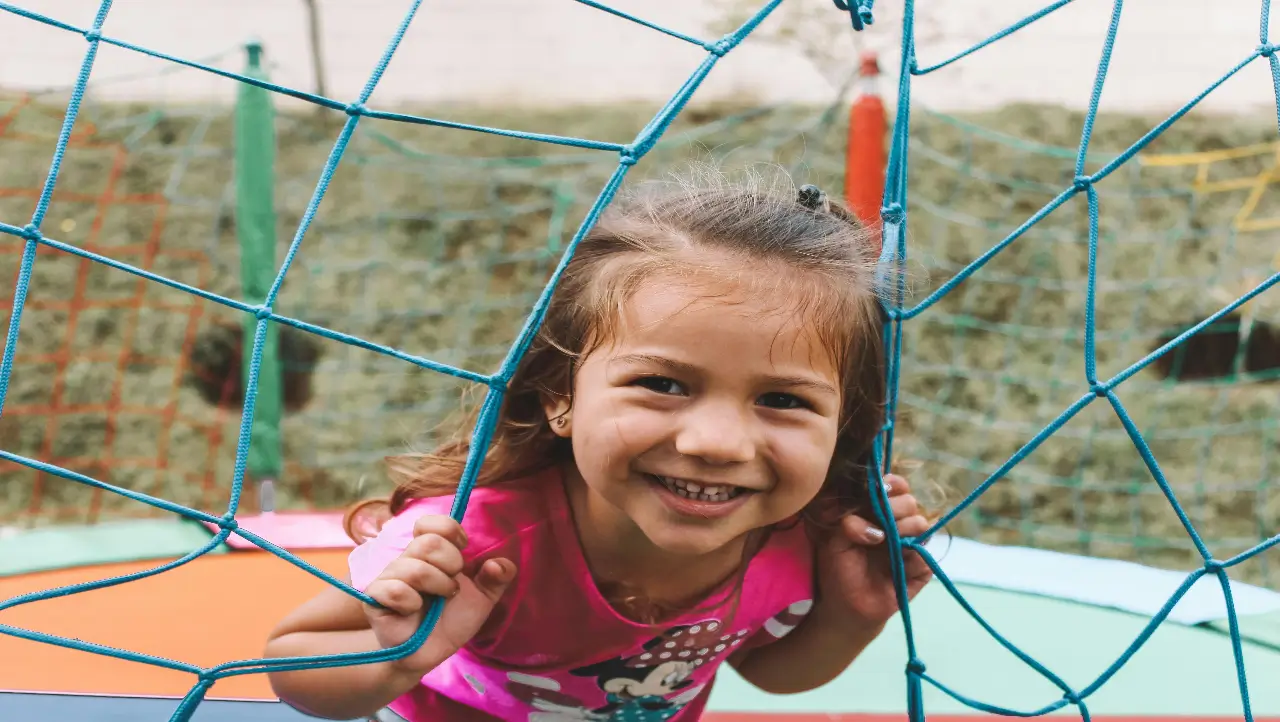
What does the evidence say?:
- Validation and Empathy: When students are angry, they often feel misunderstood or unheard. Peer debriefing provides them with an opportunity to express their feelings to others who may have experienced similar emotions or situations. This validation and empathy can be crucial in helping students feel understood and supported, thereby reducing their anger levels. Research by Tuckman (1965) on group dynamics emphasizes the importance of social support and validation in reducing negative emotions like anger. When peers acknowledge and validate a student’s feelings, it can lead to a sense of relief and emotional regulation.
- Perspective-Taking and Problem-Solving: Peer debriefing allows students to gain different perspectives on the situation that caused their anger. Discussing the issue with peers can provide fresh insights, alternative interpretations, and potential solutions that the angry student might not have considered on their own. According to Vygotsky’s sociocultural theory (1978), learning is enhanced through social interaction. By engaging with peers, students can co-construct knowledge and develop more effective strategies for dealing with anger-inducing situations. Additionally, research by Johnson and Johnson (1994) on cooperative learning highlights how peer interaction promotes critical thinking and problem-solving skills, which are essential for managing anger constructively.
Summary:
Some simple concepts and anecdotal evidence provided and an insight as to how you can incorporate these strategies in your classroom or P.E learning area. Whilst each strategy needs to be used at the appropriate time and adjusted depending on the context of your school and students, this is a great starting point for you to build some structured emotional regulation tools in your classroom that are free of punishment and re-enforce positive regulation choices.
I would love to hear about your own classroom strategies or your thoughts on concepts and ideas within this article!
Sources:
- Tobin, K. T., & Sprague, B. M. (2000). Alternative to zero tolerance: Resolving conflicts in schools. Retrieved from https://www.researchgate.net/publication/254615853_Alternatives_to_Zero_Tolerance_Resolving_Conflicts_in_Schools
- American Psychological Association. (2008). The use of punishment in schools: A position statement. Retrieved from https://www.apa.org/about/policy/punishment-schools
- Jimerson, S. R., Campos, E., & Greif, J. L. (2003). Toward an understanding of definitions and measures of school engagement and related terms. Journal of Educational Psychology, 95(2), 327–336. https://doi.org/10.1037/0022-0663.95.2.327
Helpful Resources:
- Fundamental Movement Skills: Flash Cards + Circuit
- Coloured Cones For Teaching P.E! (Amazon)
- Coloured Sit Spots for behaviour management! (Amazon)
- Awesome Teacher Planner! (Amazon)
- How to create a better work life balance?
- Why are minor games important for students to learn?
- Emotional Regulation Posters
- Assessments for P.E- Ready to go
- What are invasion games?
- First time teaching P.E? Heres where to start!
